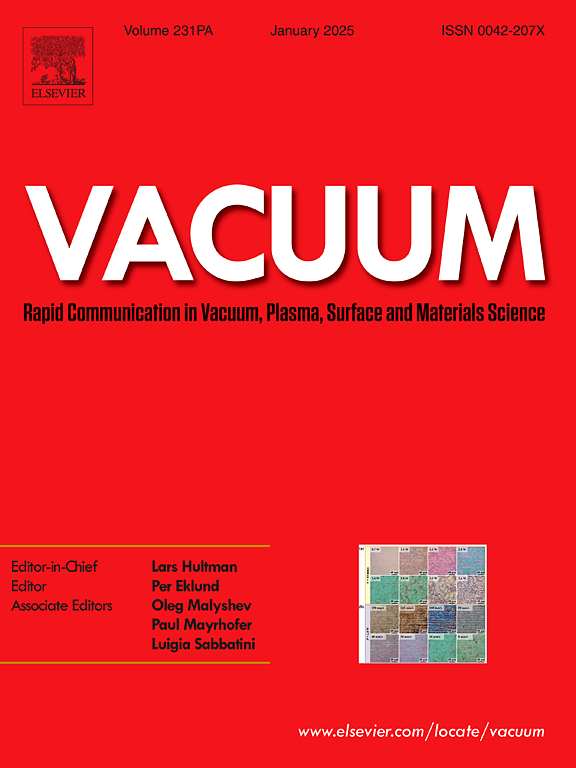微等离子体合成金纳米颗粒/TEMPO纤维素纳米复合材料的潜在SERS传感应用
IF 3.9
2区 材料科学
Q2 MATERIALS SCIENCE, MULTIDISCIPLINARY
引用次数: 0
摘要
本文报道了采用直流常压微等离子体(APM)技术一锅合成金纳米颗粒/TEMPO(2,2,6,6-四甲基哌啶-1-氧基)纤维素纳米纤维(CNF)纳米复合材料的研究。与传统的合成方法相比,APM过程快速(几分钟内),节能,并且不使用刺激性化学品。为了揭示APM工艺的影响以及金盐前驱体浓度对所得材料结构和性能的影响,我们进行了综合表征(如紫外可见光谱、XRD、XPS和TEM)。此外,通过密度泛函理论(DFT)计算揭示了金纳米粒子与tempo -纤维素纳米纤维之间的界面相互作用机理。最后,以亚甲基蓝为模型分析物,证明了所得纳米复合材料作为SERS底物的潜力。本文章由计算机程序翻译,如有差异,请以英文原文为准。
Microplasma synthesized gold nanoparticle/TEMPO cellulose nanocomposites for potential SERS sensing applications
This is a study reporting the one-pot synthesis of gold nanoparticles/TEMPO (2,2,6,6-Tetramethylpiperidine-1-oxyl) cellulose nanofibers (CNF) nanocomposites through facile direct current atmospheric pressure microplasma (APM) technology. Compared to conventional synthetic approaches, the APM process is fast (within minutes), energy-efficient and eliminates the use of harsh chemicals. To reveal the impact of APM processing and effect of gold salt precursor concentration on the resulting materials structures and properties, comprehensive characterization (such as ultraviolet–visible (UV–vis) spectroscopy, XRD, XPS, and TEM) has been carried out. In addition, density functional theory (DFT) calculation was carried out to reveal the interfacial interaction mechanism between gold nanoparticles and the TEMPO-cellulose nanofibers. Finally, the potential of the resulting nanocomposite as SERS substrates was demonstrated using methylene blue as model analyte.
求助全文
通过发布文献求助,成功后即可免费获取论文全文。
去求助
来源期刊

Vacuum
工程技术-材料科学:综合
CiteScore
6.80
自引率
17.50%
发文量
0
审稿时长
34 days
期刊介绍:
Vacuum is an international rapid publications journal with a focus on short communication. All papers are peer-reviewed, with the review process for short communication geared towards very fast turnaround times. The journal also published full research papers, thematic issues and selected papers from leading conferences.
A report in Vacuum should represent a major advance in an area that involves a controlled environment at pressures of one atmosphere or below.
The scope of the journal includes:
1. Vacuum; original developments in vacuum pumping and instrumentation, vacuum measurement, vacuum gas dynamics, gas-surface interactions, surface treatment for UHV applications and low outgassing, vacuum melting, sintering, and vacuum metrology. Technology and solutions for large-scale facilities (e.g., particle accelerators and fusion devices). New instrumentation ( e.g., detectors and electron microscopes).
2. Plasma science; advances in PVD, CVD, plasma-assisted CVD, ion sources, deposition processes and analysis.
3. Surface science; surface engineering, surface chemistry, surface analysis, crystal growth, ion-surface interactions and etching, nanometer-scale processing, surface modification.
4. Materials science; novel functional or structural materials. Metals, ceramics, and polymers. Experiments, simulations, and modelling for understanding structure-property relationships. Thin films and coatings. Nanostructures and ion implantation.
 求助内容:
求助内容: 应助结果提醒方式:
应助结果提醒方式:


